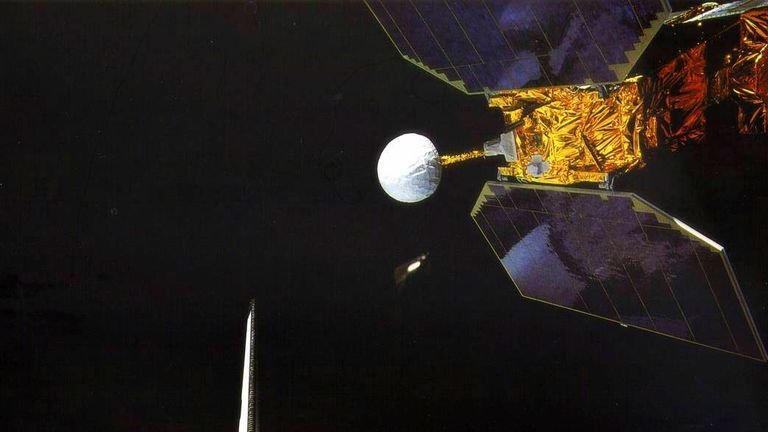After nearly 40 years in space, a NASA satellite is expected to crash into Earth this weekend.
The Earth Radiation Budget Satellite (ERBS) was launched in 1984 at space shuttle challenger.
It was originally sent into space with a lifespan of just two years to study how the Earth absorbs and radiates energy from the sun.
But the satellite continued to make ozone and other atmospheric measurements until it was decommissioned in 2005.
Now, the 2,450-kilogram object will plummet back to Earth.
Most of the satellite will burn up on re-entry, but some debris is expected to survive, according to NASA.
nasa Saying the odds of wreckage falling on anyone is “very low” — the chances of anyone on Earth being injured by falling debris is about 1 in 9,400.
But considering that there are an estimated 7.8 billion people on Earth, the odds of a person being injured by debris are almost unimaginably high.
According to reports, the satellite is expected to touch down on Sunday night, which will take about 17 hours. us Ministry of Defense.
However, the California-based aerospace company was targeting Monday morning, plus or minus 13 hours.
The satellite is expected to fly over Africa, Asia, the Middle East and the westernmost regions of North and South America.
The ERBS was released into orbit by Sally Ride, the first American woman in space, using the Challenger’s robotic arm.
It was the second and final spaceflight for Ms. Ryder, who died in 2012.
The same mission also included the first spacewalk by an American woman, Kathryn Sullivan.
